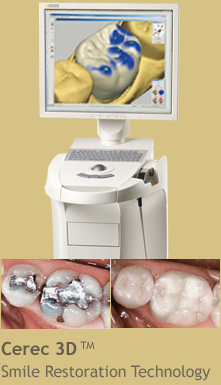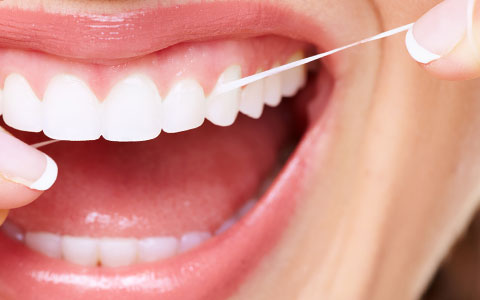Dental Terms
Crown Lengthening: Enhancing Your Smile at Dr. Zhugang Zheng Dental Office
Are you concerned about excess gum tissue affecting the appearance of your smile? A "gummy" smile can give the impression of shorter teeth. Crown lengthening procedure can help address this issue by reshaping your gums and revealing more of your teeth, giving you a confident and radiant smile.
There are various reasons why individuals consider crown lengthening. This procedure involves the removal of excess gum tissue to either enhance aesthetics or address oral health concerns.
Understanding Crown Lengthening
Crown lengthening is a common and effective procedure performed by our skilled dental professionals. Its primary goal is to enhance the appearance of upper teeth. This surgical intervention entails the removal of surplus gum tissue and, in some cases, bone, to create the illusion of longer teeth. Crown lengthening can also facilitate the placement of dental crowns, which are essential for treating cracked or damaged teeth, untreated cavities, and even misshapen or discolored teeth. Additionally, the procedure can be employed to sculpt the gum line for a more symmetrical smile.
If you're seeking crown lengthening services in South London, consult with Dr. Zhugang Zheng.
Benefits of Crown Lengthening
Crown lengthening stands out among cosmetic dentistry procedures due to its versatility and benefits, including:
- Enhanced oral hygiene: More tooth surface becomes accessible for brushing and flossing.
- Promotion of healthy gum attachment to teeth.
- Support for various dental treatments, such as dental crowns.
The Crown Lengthening Procedure
Preparation and Examination
Prior to the procedure, a thorough examination will be conducted, including x-rays and a review of your medical history to ensure your suitability for the surgery. Your dentist will determine the extent of gum contouring required to achieve your desired outcome.
The Surgical Process
Crown lengthening may involve gum tissue contouring using advanced techniques, including lasers or, in some cases, the removal of a small amount of bone. While it is considered a routine procedure, there are certain risks involved, such as infection and bleeding. Post-surgery antibiotics may be prescribed to minimize infection risks, and following aftercare instructions is essential for a successful recovery.
Post-Surgery Care and Recovery
Full healing of gums after crown lengthening may take several months. Most regular activities can be resumed immediately after surgery, but adherence to aftercare instructions is crucial for optimal recovery.
Immediate After-Surgery Tips:
- Apply ice packs to reduce swelling.
- Avoid hot foods to minimize bleeding.
- Limit strenuous activities.
- Take prescribed pain medications as directed.
Additional Recovery Tips:
- Expect gum sensitivity to hot and cold temperatures.
- Opt for soft foods and stay well-hydrated.
- Avoid alcohol, smoking, and touching the surgical site.
- Schedule a follow-up appointment with your dentist for a comprehensive assessment.
Learn More About Crown Lengthening
If you have any questions, please don't hesitate to reach out to us at Dr. Zhugang Zheng Dental Office in South London. Contact us at (519) 680-1880 to learn more about this procedure and how it can enhance your smile, boosting your confidence and overall oral health.
You might be interested in...





